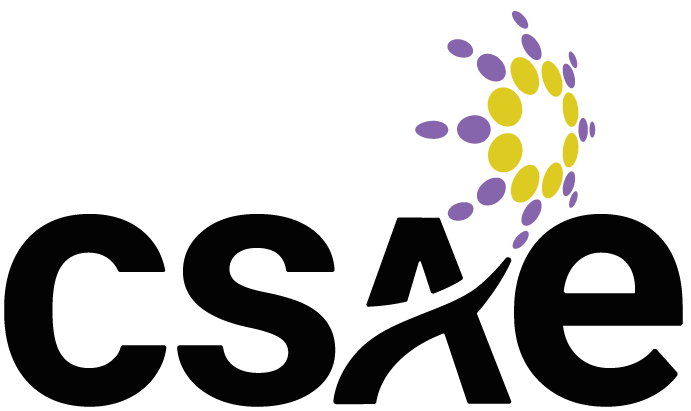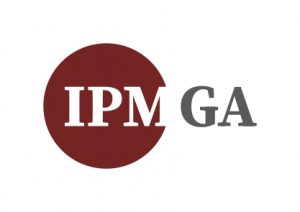7 Bylaw Pitfalls and How to Avoid Them

1. Straying From Your Mission
Mission drift is a perpetual pitfall in nonprofit governance and management, and it’s a concern in bylaw revisions as well, whether the revision is as-needed or part of a strategic review process. The mission can seem obvious to directors, managers and committee members. But once you’re deep in the details of the bylaws, it’s easy to forget that they are intended to support the mission. Begin each review session with a reading of the mission statement and refer back to it regularly in the review process to avoid bylaw pitfalls.
2. Doing Too Much
Bylaws should be general enough to be timeless and specific enough to be useful. Bylaws are the basic and legal directives for how your organization functions. As governance leadership works to develop their organizations, experience can show areas where bylaws are lacking. But boards can be tempted to try to fix specific issues with bylaws, and bylaws can get bogged down with detail. They should cover the overarching principles guiding the organization. As a living document, bylaws should aim to be interpretable—to allow boards the flexibility to choose a path based on circumstances and principles. Put differently, bylaws should aim to define limitations rather than to prescribe action. Where more detail is necessary, that detail should be documented in the organization’s policy or process documents. As a principle, don’t add anything to the bylaws that could change in the next 15 years. When in doubt, avoid bylaw pitfalls and put details into policy documents.
3. Imagining The Bylaws as a Stand-alone Document
Bylaws are designed for a specific purpose: they are the high-level governance structure for the organization. Just as bylaws must always defer to the mission, remember that bylaws operate within the context of federal, provincial and municipal legislation, and set the ground rules for organizational policy and process. Bylaws should not conflict with other documents higher or lower in the governance hierarchy; however, it should always be clear which document takes precedence in the case of conflict. During a bylaw review process, cross-reference bylaws with legislation, policy and process documents—and expect that changes to bylaws will trigger changes in policy.
4. Disorganization
Simply, your bylaws should start from the highest level principles and proceed through more detailed principles. Organize them from most important to least important; most general to most specific. This approach helps with future interpretation. For example, if you’re considering changing quorum at meetings, you should already know who has voting rights and how members exercise those voting rights. That means any clauses on voting should be placed before clauses on meetings and quorum. If there are exceptions to voting—for example, when a supermajority is required—that clause should be placed after the main rules on voting. Group common elements together—for example, voting, meetings and quorum, or clauses on financial principles should be grouped together. The Government of Canada’s model bylaws for not-for-profit corporations can give boards a good idea of how to avoid bylaw pitfalls.
5. Not Understanding Governance and Management Roles
Executive directors and other leadership staff should play a role in contributing to bylaws, and the board should respect their expertise. However, governance and management roles are different, and it’s important to recognize this fact. The board is ultimately responsible for an organization’s governing documents—and it defers to general membership oversight where required. Boards must be careful to keep mission and principles in mind, and good management will support this goal. But management concerns should never override an organization’s mission and governance. Management and staff exist because of the organization, not the other way around. As an aside, governance should not be used to bully management into following the will of the board. The relationships between governance and management are key to ensuring mission success—but that’s another article!
6. Trying to be a Lawyer
A lawyer should look at your bylaws, but that’s not the place to start. The bylaws represent the most basic principles of your organization. Lawyers evaluate legal risk; your bylaws consider all aspects of the organization, including purpose and mission, governance, strategy, management, public reputation, operations and finances, as well as the legal aspects. The bylaws should also be accessible to the average member—you don’t want to consult a lawyer every time you need to interpret your own bylaws! As well, consider having other experts review your bylaws; although legal risks are most familiar, your bylaws should consider other areas of risk, including strategic and operational. Bylaws can use simple and accessible language, and you don’t need to anticipate every possible loophole. Allow your board of directors room for interpretation based on circumstances—it’s impossible to cover every possible circumstance anyway!
7. Postponing Reviews Indefinitely
When you’re adapting to a changing environment, a bylaw review is often the first task you defer. Bylaws may be updated as needed, and this may mean adding, amending or removing a clause at each annual general meeting. Every amendment should consider the principles of mission, context and organization. However, over time, even the most carefully considered amendments are bylaw pitfalls if you don’t take time to review the big picture. Clear bylaws can provide stability and direction in times of crisis—but you need to have those bylaws in place before the crisis! Your organizational planning process should include a full bylaw review at the five-year mark. And plan that review carefully—without considering your organization’s principles and best practices, even a full review can fall into any of these common pitfalls.
Click here to see CSAE’s bylaws.





















